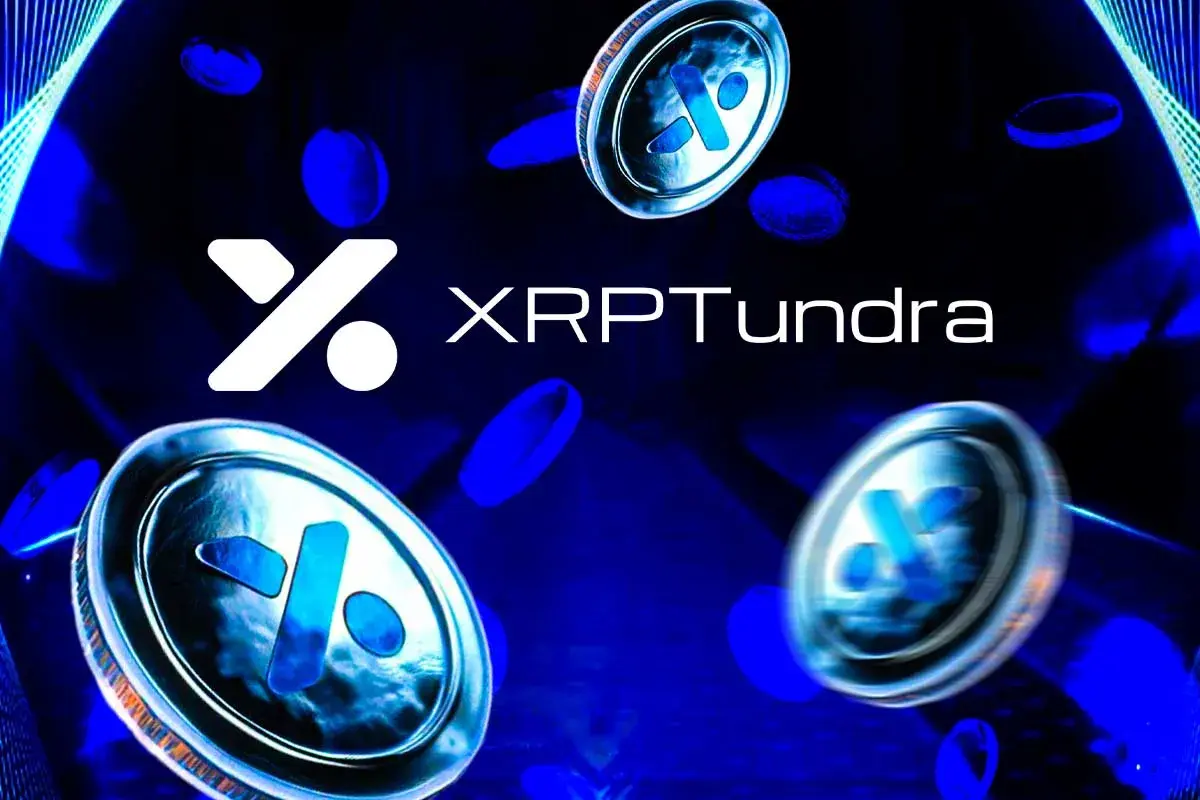Volatile Markets Push Investors Toward XRP and Growing Staking Platforms

There is no sign of positive sentiment left in the crypto market, and the Fear & Greed Index has dropped to 10. It is the market’s lowest level since late February. Risk assets are no longer hot because traders are very uncertain. And Bitcoin has made things worse after slipping below $100,000.
This slide has forced investors to think about options that could stay strong in the face of such uncertainty. XRP remains a top option. Analysts are saying that its historical volatility profile and liquidity distribution could move differently from other altcoins during the current collapse.
People are now only asking this: Is XRP a good investment during a downturn?
Market Volatility Puts XRP into the Limelight Again
Crypto League gave their analysis recently, highlighting the pressure the current market is putting on digital assets. The channel’s lead analyst said some tokens are breaking away from their long-term structures.
However, assets like XRP are showing “controlled decay,” which is a behavior that historically happens before accumulation. The analyst further said that XRP’s liquidity is concentrated around key levels because it absorbs volatility differently.
This pattern doesn’t imply guaranteed upside during a downturn, but it does explain why certain analysts continue to examine XRP even as broader market sentiment deteriorates. When liquidity goes down across the market, assets with strong use cases take less damage.
Risk for Traders, Opportunity for Stakers
Traders reacting to daily price movements think of the current volatile ecosystem as uncertainty. Stakers, however, think of volatility as an opportunity. Yield-based participation rewards consistency, not timing, and this is where ecosystems like XRP Tundra enter the conversation.
As prices fluctuate, stakers can generate predictable returns through structured commitments rather than attempting to trade through unstable conditions.
XRP Tundra offers three staking paths for TUNDRA-S holders, each fitting different risk profiles. Liquid Staking provides 4–6% APY with no lock-up period and instant withdrawal, appealing to participants seeking flexibility while markets shake.
Balanced Staking brings a 30-day commitment and offers 8–12% APY. With Premium Staking, users will get between 15 and 20% APY after locking their assets for 90 days.
When the market is volatile, such staking options are more attractive because people seek stable options to generate gains. While speculative trading has its value, fear moves people into staking as they consider it a more rational strategy.
DAMM V2 Liquidity Architecture Adds Stability for TUNDRA-S
One reason analysts are increasingly paying attention to XRP Tundra is the stability provided by Meteora’s DAMM V2 liquidity system. DAMM V2 employs a special mechanism to induce order in a volatile market.
The key element of this mechanism is the exponential fee scheduler. It is a launch configuration that starts trading fees high and reduces them over time. It prevents bots from entering the market quickly and makes dumping impractical.
DAMM V2 also introduces features like position NFTs, concentrated liquidity ranges, and optional permanent liquidity locks. Liquidity providers get more control through these tools as they can prevent liquidity drop during a period of heightened selling.
The stability generated by this architecture makes TUNDRA-S structurally more resilient than tokens depending on older AMM systems that lack such protections.
A Dive into XRP Tundra’s Roadmap
Aside from staking and liquidity mechanics, XRP Tundra’s roadmap shows why it is a good token for long-term holding. It is now building GlacierChain, which is a Layer-2 environment on the XRPL that increases throughput and makes cross-chain operations viable without sacrificing performance.
People are also waiting for Cryo Vault activation, as it brings a long-term reward structure associated with ecosystem revenue. This makes TUNDRA-S yield more than simple inflationary models.
Developers will add to governance perks for TUNDRA-X throughout 2025 and 2026. Voting will be introduced for protocol parameters, fee adjustments, and roadmap initiatives. And thanks to improvements to Solana-XRPL interoperability, the project’s dual-chain framework will become stronger.
Independent Audits is The New Trust Layer
Investors are now paying attention to verification details before entering a presale. As a result, questions like is XRP Tundra legit are being asked by many.
Thankfully, the project has received three public audits through Cyberscope, Solidproof, and FreshCoins. Developer identity has also been revealed through Vital Block KYC certification, which has made the project more transparent.
During Phase 11, TUNDRA-S is available at $0.183 with a 9% bonus. Buyers will also get TUNDRA-X, which is worth $0.0915 and is issued free with every purchase. Developers have also set a system that permanently burns unsold tokens at the presale deadline.
This verification approach and supply framework are of importance in an unstable market, in which transparent mechanics and assets with fixed structure attract more attention from long-term stakers.
Secure your Phase 11 position now.
Buy Tundra Now: official XRP Tundra website
How to Buy Tundra: Step-by-step guide
Security and Trust: Cyberscope audit
Join the Community: X (Twitter)
Recent Posts
- sponsored
Web 3 Games Fantasy Finally Hits as Funtico Launches their Game Via EV2 Presale
Web3 games support true ownership of in-game assets with real-world value. Explore how EV2 token…
- sponsored
How 8HOURS Mining Helps Users Earn Steady Daily Profits
You can earn up to $7,277 daily with 8HOURS Mining. It leverages cutting-edge cloud computing…
- sponsored
Trump’s $2,000 Tariff Dividend Plan Lifts XRP Sentiment as Standard Chartered Reveals Long-Term Targets
President Donald Trump’s latest suggestion of giving something like a $2,000 “tariff dividend” has led…
- sponsored
Cardano Struggles in Forecasts as XRP Tundra Gains ETF-Backed Momentum
Cardano’s ADA is back in market headlines after recovering resistance levels not seen since March,…
- sponsored
CRO Investors Move to XRP Tundra as XRPL Staking Becomes More Attractive
Crypto.com is continuing to expand its involvement in high-profile political ventures, which, for CRO holders,…
- sponsored
Do Crypto Meme Coins Still Have a Chance This Market Cycle? Analysts See XRPL DeFi as The Next Catalyst
Most of the crypto community was very excited about meme tokens earlier this year, but…